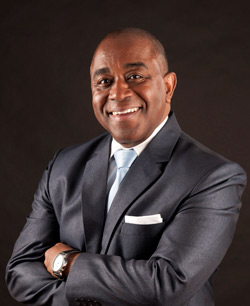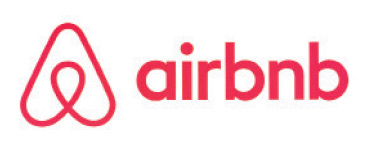
 A few months back, my company spent a lot of time creating a marketing brochure for a new leadership development initiative. We fretted over the choice of words, headings, lead statement and so on. Going through this exercise brought me back to the days when I was tasked with developing a mission statement to help “brand” our HR department.
A few months back, my company spent a lot of time creating a marketing brochure for a new leadership development initiative. We fretted over the choice of words, headings, lead statement and so on. Going through this exercise brought me back to the days when I was tasked with developing a mission statement to help “brand” our HR department.
I believe every business unit should have a mission statement, but HR is particularly ripe for this exercise. How can we ensure that top executives continue to see this traditional business function as relevant in a work environment that is changing at warp speed? Although leaders will broadly acknowledge that people are a company’s most important asset, the value of so-called “human capital” is notoriously difficult to quantify. How can we become credible activists in championing the link between human capital and strategic objectives?
Lessons from Marketing
Marketers and advertisers use the acronym AIDA to describe a common list of questions that should be asked for a consumer to engage with an advertiser. That process serves us well as we try to engage both our internal and external customers.
- A—Attention (or Awareness): Do people notice your product or service? If not, how can you get them to do so?
- I—Interest from the customer: Are your descriptions strong enough to make the person want to know more?
- D—Desire: Did you convince your customer that your product or service will meet his or her needs?
- A—Action: Have you steered your customer toward taking the desired action?
HR’s mission should be about creating that awareness, interest, desire and action around its capabilities as a department. When your goal is to gain respect within the organization, the customer may be the CEO and other senior executives. In that context, you can use the AIDA framework to communicate that you and your team are the experts in human capital and when addressing any people-related issues within the organization. When I was a CHRO, that is how I consistently described what I and my department did. It sounds a hell of a lot stronger than “I work in HR,” doesn’t it? It also frames the importance of what we as HR professionals do in a way that is easy to understand.
Send the Right Message
Whether you send the message via internal marketing collateral, mission statements or frequent connections with the C-suite, you must show that HR’s purpose is to partner with the business in the pursuit of strategic business goals.
Leadership today is faced with myriad challenges, ranging from globalization to skills gaps to the so-called sharing economy. As companies venture into these uncharted waters, it is possible that the only competitive advantage they have is their people. Whichever organization has the best talent wins. It’s that simple.
No matter what product or service your organization offers, competition can pop up out of nowhere. So the best way to build a company’s strength is to leverage the talent within. HR should be seen as the organizational expert in doing that: managing human capital and how employees are attracted, selected, developed, retained and deployed. Those skills are increasingly pivotal to success.
Be Strategic About Being Strategic
While I am excited about the arrival of the concept of the HR business partner—that is, human resource professionals who are embedded within each department in an organization—I am also disillusioned because, in many cases, the business partners are not fully versed in their new roles. When they arrive in a new department, their narrative must be around helping that team meet its key challenges and not merely carrying out transactional duties. Branding is not about a title. It is about creating an awareness of the value that HR leaders bring to the table.
HR leaders can and should make important contributions to the development and implementation of business strategy and improve the quality of decisions related to talent. But it is one thing to say that HR should be a strategic partner and quite another to define what that looks like and what it will take to make it happen—and that is just what HR must do. Unfortunately, in a lot of cases, the strategic playbook is given to HR after the fact, if at all. We can help prevent that from happening by better positioning our HR brand as that of high-level problem-solvers.
What’s in a Name?
From “personnel administration” to “talent management,” human resources has gone by many names over the years. Here’s how some organizations have branded their HR function, with an eye toward highlighting the department’s role in helping people succeed and shaping a positive work culture.
Can you match these companies with their names for HR?
1. 

2. 

3.

4.

5. 

A. People Operations
B. The Office of Human Capital
C. Employee Experience
D. Partner Resources
E. The People Team
Think for a moment: Would the marketing department not be a part of the strategic process? How about IT? Those two departments have earned a place in the conversation because they have shown that they have an important role in moving the organization forward. It’s time to educate your leaders that HR belongs in the strategic equation as well.
It matters who you are as a department within your organization. The good news is that HR holds the key to organizational success. All you need to do is start driving.
Ron Thomas is managing director of Strategy Focused Group-MENA, based in Dubai, United Arab Emirates. He is also a senior faculty member and representative of the Human Capital Institute covering the Middle East and North Africa region. He was formerly CEO of Great Place to Work-Gulf and CHRO of RGTS, based in Riyadh, Saudi Arabia.
Advertisement
An organization run by AI is not a futuristic concept. Such technology is already a part of many workplaces and will continue to shape the labor market and HR. Here's how employers and employees can successfully manage generative AI and other AI-powered systems.
Advertisement


